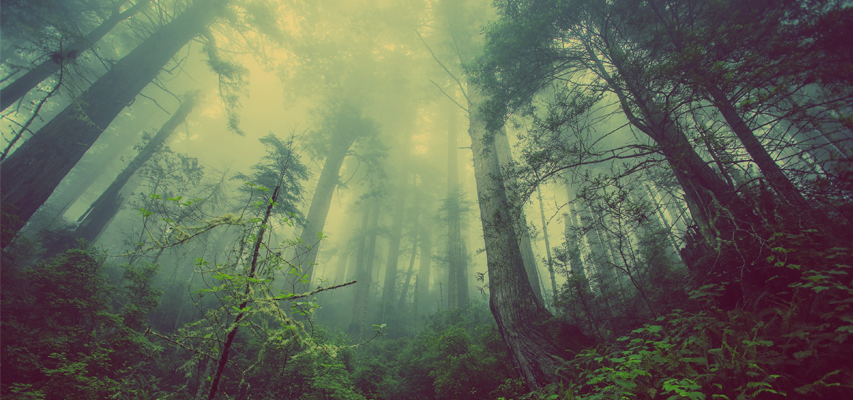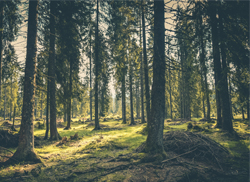
Humphrey Njoroge, a retired military officer, fell in love with trees while growing up in Nyandarua County on the edge of the Aberdare Forest in the 1950s.
His fascination with the plants would blossom during his time at Kapsabet Boys and Kagumo high schools where different types of trees, labelled by botanical names, rose from the compounds.
So, when Njoroge had a decision to make regarding what economic activity he will engage in after his retirement from the military in 2003, he had little problem choosing commercial tree farming.
“Tree farming was my first choice. Then, I did not want to go into maize farming for commercial purposes because everyone was doing it. The trees to me are like cows or maize to crop farmers,” he recalls.
Today Njoroge owns a tree plantation on much of his 100-acre land in Lenginet, Nakuru County. Part of the farm has dairy cows, maize and Napier grass for fodder. The beautiful man-made forest includes various species of eucalyptus and 20 different indigenous tree and shrub species. The more than 3,000 eucalyptus trees he planted in 2007, were ready for harvesting in 2015.
Then, I did not want to go into maize farming for commercial purposes because everyone was doing it. The trees to me are like cows or maize to crop farmers
From an investment of only Sh30,000, he was expecting to earn between Sh10 million and Sh15 million.
He sold some of the trees to Kenya Power for electricity poles, and others to buyers in construction. Each mature tree goes for between Ksh3,500 and Ksh 4,500. He also sells the eucalyptus seedlings for Ksh20 and indigenous ones for Ksh50.
“Trees are good. Apart from earning money from them, they have numerous environmental benefits. They provide habitat for birds and offer attractive scenery. They also help in carbon reduction and clean the air. Again, they attract hundreds of birds, which help beautify my farm,” Njoroge says.
“But if you are not patient, I would not advise you to grow trees for commercial purposes,” he warns. Trees take up to eight years to mature. At the centre of any good commercial tree planting is good seeds selection and care. Trees need deep ploughing, correct fertiliser or manure application when they are still young.
It is also advisable to plant tree seedlings from Kenya Forest Research Institute (KEFRI) because they are high quality. The seedlings are grown in a nursery then taken to the farm where they are planted three metres apart. Weeding is crucial for the first two years to avoid ending up with stunted or weak trees.
In 2007, Njoroge lost more than 10,000 trees to snout beetles, a virulent pest that can decimate acres of young eucalyptus trees. The beetles bore holes in the trees, making them unsuitable for electricity poles or construction.
“I sought advice from KEFRI officers. They visited my farm, did tests and advised me to cut the trees,” he says.
I put part of my pension into farming and I have not regretted. At 68, I am enjoying my retirement because of farming.
He harvested them for firewood. If the beetles had not attacked Njoroge’s 20-acre eucalyptus plantation, he would have harvested trees worth over Sh20 million.
“But I am grateful for all that experience, which at one time helped me serve as the chair of Kenya Forest Service,” he says.
Tree farming has helped him live well in retirement, but he is advising younger people not to wait until retirement to engage in farming.
“I put part of my pension into farming and I have not regretted. At 68, I am enjoying my retirement because of farming. I would want to tell those who are working, particularly the youth: ‘Don’t wait for retirement then you go into farming.
